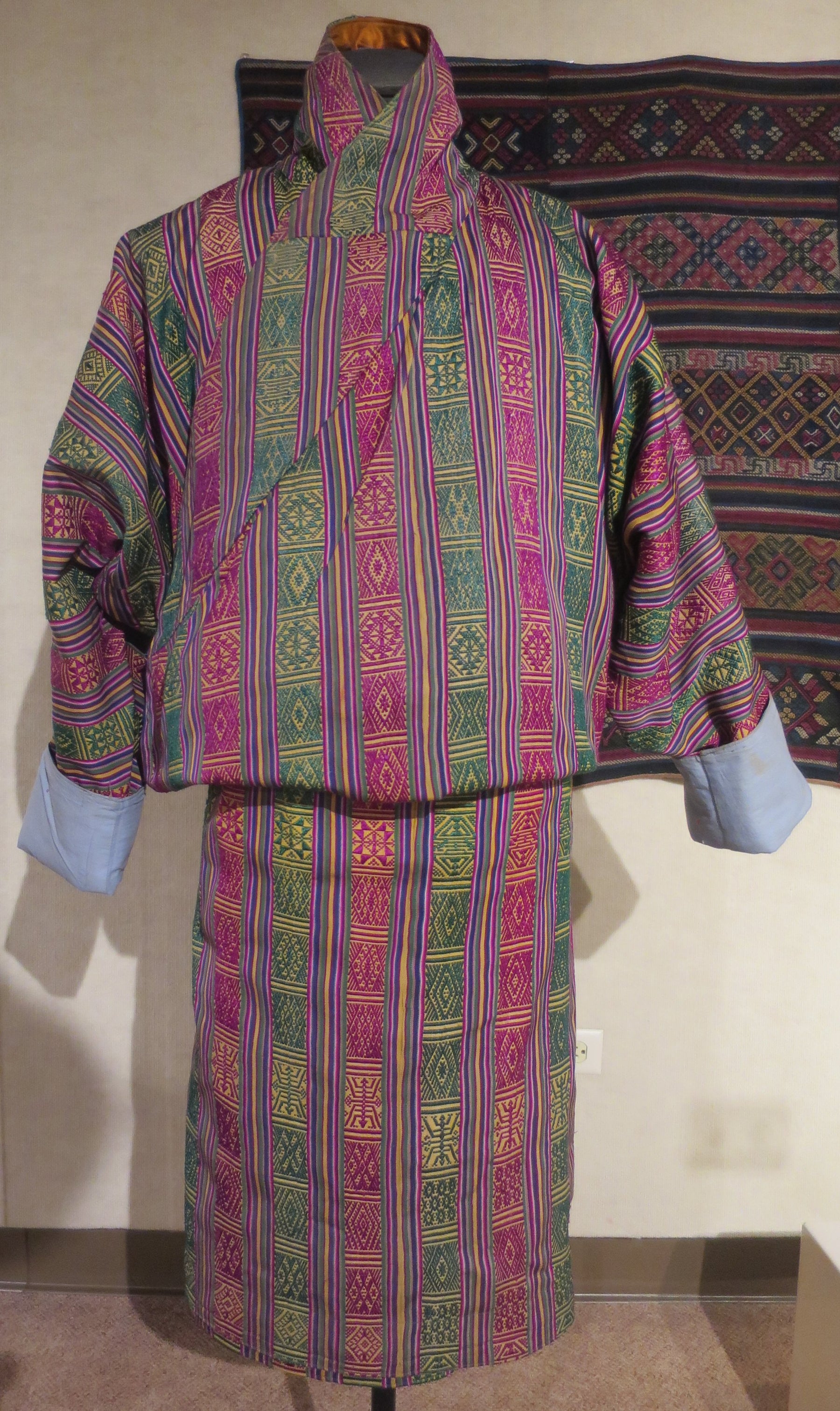
Bhutanese Gho: Bhutan's Emblem of Tradition and Identity
In the enchanting land of Bhutan, a nation renowned for its unique cultural practices and breathtaking landscapes, a distinct piece of clothing holds immense significance—the Gho. Serving as the traditional and national dress for men, the Gho is more than just an attire; it is a symbol of Bhutanese heritage, identity, and unity. In this blog post, we delve into the rich history, design, symbolism, and modern significance of the Gho, exploring how it has become a cornerstone of Bhutanese culture.
Origins and Design:
Gho's origins trace back to the 17th century, when Zhabdrung Ngawang Namgyal, the 1st Zhabdrung Rinpoche, introduced it to give the Ngalop people a unique identity. The gho's design is characterized by its knee-length robe, expertly wrapped around the body and secured with a woven cloth belt called a kera. This meticulous arrangement embodies both tradition and practicality, while the kera adds an extra layer of cultural symbolism to the attire.
Modern Significance:
In modern Bhutan, the gho transcends mere clothing. The government mandates it as official dress code in government offices and schools, reflecting its role as a statement of national identity. The 1989 law that enforces the Gho's use during business hours underscores its importance in fostering a clear Bhutanese identity and setting the nation apart from its neighbors.
Components of the Gho:
Underneath a gho lies the tego (a white full sleeves shirt without the buttons) with distinctive folded-back cuffs. This hidden layer adds to the complexity of the ensemble and further exemplifies the gho's intricate design. Additionally, knee-high socks are worn along with traditional Bhutanese shoes/boots known as Tshog Lham complete the attire, forming a comprehensive and visually captivating ensemble.
Wearing the Gho:
The process of wearing the gho is an art in itself. Wrapping the gho around the body begins on the left side, while the right side is deftly tucked into the left and secured with the kera belt. Achieving the appropriate length—just above the knee—is crucial for a polished appearance.
The following image shows how to wear a Gho.
Symbolism and Cultural Pride:
Beyond its physicality, the gho stands as a proud symbol of Bhutanese national identity. Wearing it is an assertion of cultural pride, with each embroidered motif and embellishment embodying tradition and heritage. The gho becomes more than clothing; it is a testament to Bhutan's rich history and cultural tapestry.
Variety and Pricing:
The gho's diversity is evident in the variety of fabrics, colors, and designs available. From the simplicity of cotton ghos to the opulence of wool or silk variations, the gho's adaptability to different occasions and preferences is striking. Prices vary accordingly, with cotton ghos costing around $50 and more intricate wool or silk ghos fetching several hundred dollars to thousands of dollars.
Here is a video of how to get dressed in a gho.
